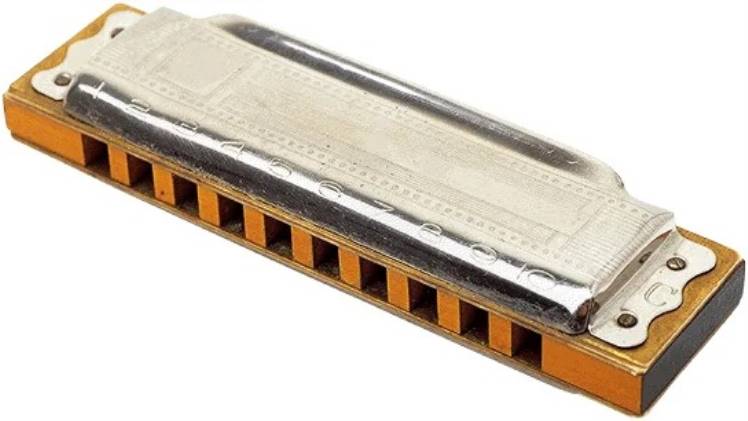What Is a Harmonica?

Introduction
A harmonica is a mouth organ that produces sound through the vibration of its reeds. With over 200 years of history, this instrument can be found in various genres such as blues, jazz, traditional, country, folk, rock and pop music. Plus it’s portable so anyone can play it and there are various styles to choose from!
The earliest harmonicas were free-reed designs created in Europe during the 19th century. They were adapted from Chinese sheng, a reed instrument used in traditional East Asian music, as well as Aeolian harp – an ancient reed organ.
Reed baskets are constructed with reeds, combs and covers in various materials like wood, metal or plastic. Some are molded and assembled from one piece of material while others require multiple parts that need to be glued together for stability.
By visiting Advertisementpro and marketbusiness you can get more knowledge about multiple topics.
Different designs allow the reeds to be tuned to different keys. The single-reed diatonic harmonica is the most popular and widely used, producing a range of tones from low to high that are popular in country music, rock music, and folk music. There are tremolo-tuned and octave-tuned versions of this instrument as well as chromatic, orchestral and bass harmonicas.
In the early 20th century, several American manufacturers of harmonicas were established. One notable company was Magnus Harmonica Corporation of Union, New Jersey which was founded by Finn Haakon Magnus.
These harmonicas were constructed with plastic reeds, offering a more sanitary alternative than their metallic counterparts. Unfortunately, they weren’t particularly capable of producing an excellent sound.
Harmonicas were in short supply during World War II, mostly produced by companies in Germany or Japan and supplied to American troops. However, in 1952 a man named William Kratt secured patents for plastic combs which revolutionized how harmonicas were manufactured.
Other reeds can be added to a diatonic harmonica to produce various tones, including those outside of the standard range (known as “overtones”) and give musicians more options for musical expression. These reeds may be made of different materials like aluminum or brass or carved to produce unique shapes.
Reeds on chromatic harmonicas are typically organized in rows with each row having one hole. Chromatic harmonicas use four-note clusters with two reeds per note, though some models can play all 12 semitones simultaneously.
Chromatic harmonica players are known for their vibrato techniques, which involve rapidly moving the lips from hole to hole. This style, sometimes referred to as ‘trill’ or ‘roll’, was popularized by folk singer Bob Dylan.
Players have the option of altering the size of the reed plate to emphasize certain natural overtones. Unfortunately, this technique is rarely employed fully as it produces dissonant results; therefore, care must be taken when selecting which overtones to play.
By visiting Advertisementpro you can get more knowledge about multiple topics.
